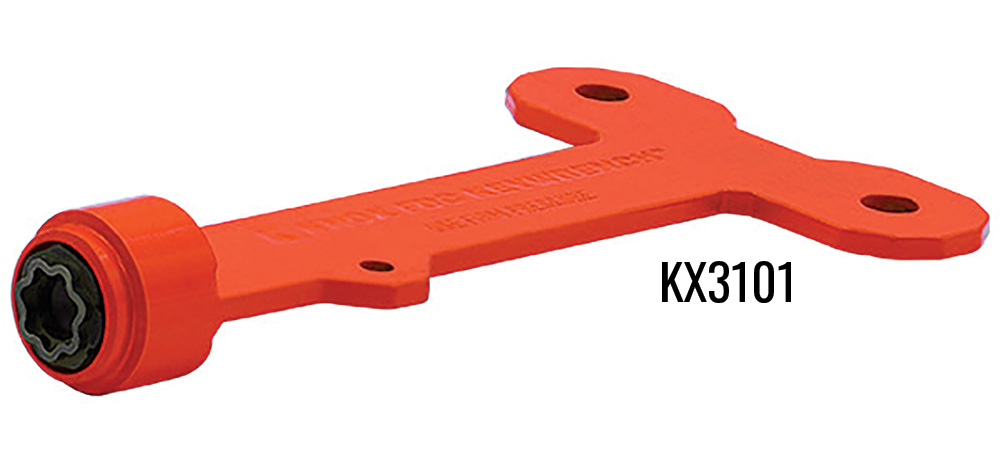Sprinkler: Installing Knox® Locking Caps Ensures Safety
As a fire safety professional, one of the first things you probably notice as you drive up to a building is the
FDC sign. Next time you service a building, take a closer look. Is the cap missing? A missing cap means the FDC
could contain debris, restricting
water flow for the firefighters. From a safety standpoint, the FDC needs to remain securely capped until the
fire department arrives. Here is how you can help.
A building protected with a fire sprinkler system will have a fire department connection (FDC) for fire
department use only. These connections are required to be protected with caps. But a simple cap (threaded or
quick connect) is not going to prevent
a vandal from removing the cap and exposing the open connection to the entrance of debris. Debris and other
unwanted items will need to be removed by firefighters prior to use. But often, these materials get lodged and
are not easily removed
or cannot be removed at all. This impedes fire department operations, putting firefighters and people in danger.
The only method for keeping debris out is to replace traditional caps with approved locking caps.
Install Knox Locking Caps for Safety
The solution is to replace conventional FDC caps with Knox Locking Caps, where only the fire department can
access the connection. Only a locking cap will ensure that the connections are clear, safe, and ready for use by
the fire department.
FDCs can be either threaded or have a “Storz” quick connection. Storz connections have interlocking hooks and
flanges instead of threads and are bigger for large volumes of water. Both threaded and Storz FDCs are required
by NFPA to have caps. Also, both
types of FDCs (threaded and Storz) are available with Knox Locking Caps.
Pre-Approved Knox Jurisdictions
Hose-connections for fire departments require caps (NFPA 13, 16.12.3.2). Where this rule is not being enforced,
there will be open-ended pipes, (a code violation). But many cities and towns have adopted the Knox System,
which allows traditional caps to
be replaced with Knox Locking Caps that can be locked in place. For these jurisdictions, firefighters will have
the Knox Keywrench, so only the fire department has access. City administrators, fire departments, and building
owners endorse
the Knox System.
To improve safety, fire departments in many cities and towns allow the installation of the Knox Locking Caps,
which are pre-approved for use in over 550 jurisdictions in the United States. Here is a link to the list of Approved Jurisdictions.
Requesting Fire Department Approval for Knox Locking Caps If you service buildings in a city or town where Knox
Locking Caps are not pre-approved for installation, provide the name and contact information of your local fire
department to your Brooks account
manager. They will coordinate with a Knox representative who will work with your local fire department on
getting Knox Locking Caps approved.


To install a Knox Locking Cap, all you will need is the Knox Keywrench installation tool, which is the same tool
that the fire department has to remove the cap. Watch our video on FDC locking caps.
Wherever Knox Locking Caps are approved and installed, the safety of occupants, firefighters, and property is
enhanced. Installing a new Knox Locking Cap takes only minutes, as they are designed to fit existing
connections. Your customers will appreciate
the improvement in safety, as your fire department can easily remove these caps and have immediate access to any
building hose connection upon arrival.
Click Here to view
a PDF version
©2024 Brooks Equipment.
Disclaimer: The opinions expressed in the above Tech Series
article are the author’s only and provide limited information.
Although the information is believed to be reliable, Brooks
Equipment Company, LLC expressly disclaims any warranty with
respect to the information and any liability for errors or
omissions. The user of this article or the product(s) is
responsible for verifying the information’s accuracy from all
available sources, including the product manufacturer. The
authority having jurisdiction should be contacted for
code interpretations.